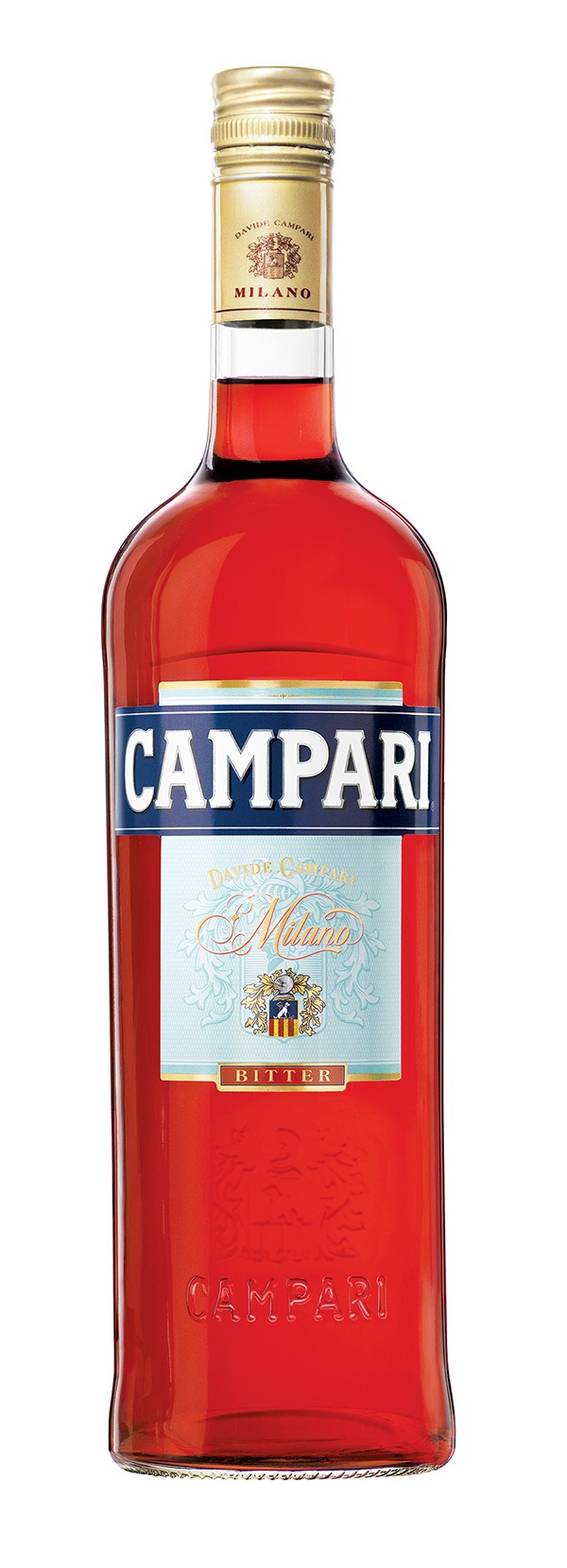As I’ve “grown up” career-wise, I’ve had to do quite a bit of on-the-job drinking. Of course, I drink for this gig — but I’m talking about my day job, the one that covers the majority of my bills, health insurance, and the like. I’m currently in transition, which has got me thinking about what it means to drink responsibly with coworkers, which is much different than being an ethical drinker at large.

Thankfully, I’ve never gotten smashed and photocopied body parts at a work party, made an untoward pass at a fellow employee, or woken up with any real regrets about how I’ve handled myself. I have, however, had to quickly transition from sitting at my desk to standing at a cocktail party with nothing but lunch in my stomach to pad the alcohol. I still haven’t mastered noshing on passed appetizers while juggling a wine glass and my purse, so I typically just sip one glass of white wine (okay, maybe two) and then excuse myself for dinner elsewhere.
When attending a work event, I’ve learned to pay close attention to company culture. At the end of the 1990s, I worked at a company that regularly rolled kegs into the employee cafeteria on Friday afternoons. Everyone would dutifully go a few rounds and then leave work to enjoy the weekend. I’ve also worked places where I didn’t trust my coworkers or my mouth, so I eschewed drinking and extricated myself from the conversation as quickly as possible. Now, most invitations to imbibe come at nighttime work events or when entertaining out-of-town visitors. On those occasions, I’ve learned to observe my immediate superior and never outpace them. I make it a point to eat before drinking, even if it’s a vending machine snack. I’ve also discovered low-alcohol cocktails, a delicious way to keep your wits and still enjoy a good drink.
Let’s start with what should be the obvious go-to: Campari and soda, made from the Italian liqueur that weighs in at around 20 percent ABV (alcohol by volume). Around since 1880, the distinctive red liqueur is created by infusing fruits and herbs in an alcohol and water blend. In Italy today, you can even buy a premixed Campari Soda, which has a very low ABV of 10 percent. Slightly bitter, Campari is always a sophisticated choice when you need to take it easy on the booze but still want to join in the fun.
Prosecco — Italian sparkling wine — also has a low ABV of under 12.5 percent. Spring and summer are the prefect times to drink it, whether you enjoy a glass on its own or add fruit for a cocktail. When peaches are in season, I always go for a Bellini, named for 15th-century Renaissance painter Giovanni Bellini and first mixed at the legendary Harry’s Bar in Venice, Italy, 72 years ago.
The Basque cocktail Kalimotxo is also easy on your liver. I was first introduced to this drink, a simple mix of equal parts Coca-Cola and cheap red wine, by a Basque guy who arrived in Memphis by way of Boise, Idaho, which has a Basque population some 15,000 strong. The Coke and wine blend makes for an overly sweet but quite sippable cocktail that I like to nurse in a red Solo cup at all-day festivals or sporting events.
Also worth drinking: the unsung work dog of cocktails, vermouth. The low-alcohol white wine, originally a “wormwood wine” devised as a cure for intestinal issues, comes in at about 18 percent ABV and makes for an interesting cocktail base on its own.
Ask your bartender to serve you ginger ale and dry vermouth with a squeeze of lemon. Or order an Addington, a jazz-age cocktail that consists of both sweet and dry vermouth, sparkling water, and an orange twist. Served in a martini glass, it can hold its own against any vodka cocktail. If that’s too fancy for you, go for the Americano. Not the coffee drink, but a cocktail created with equal parts sweet vermouth and Amaro liqueur, served on the rocks in a lowball glass and topped with soda.